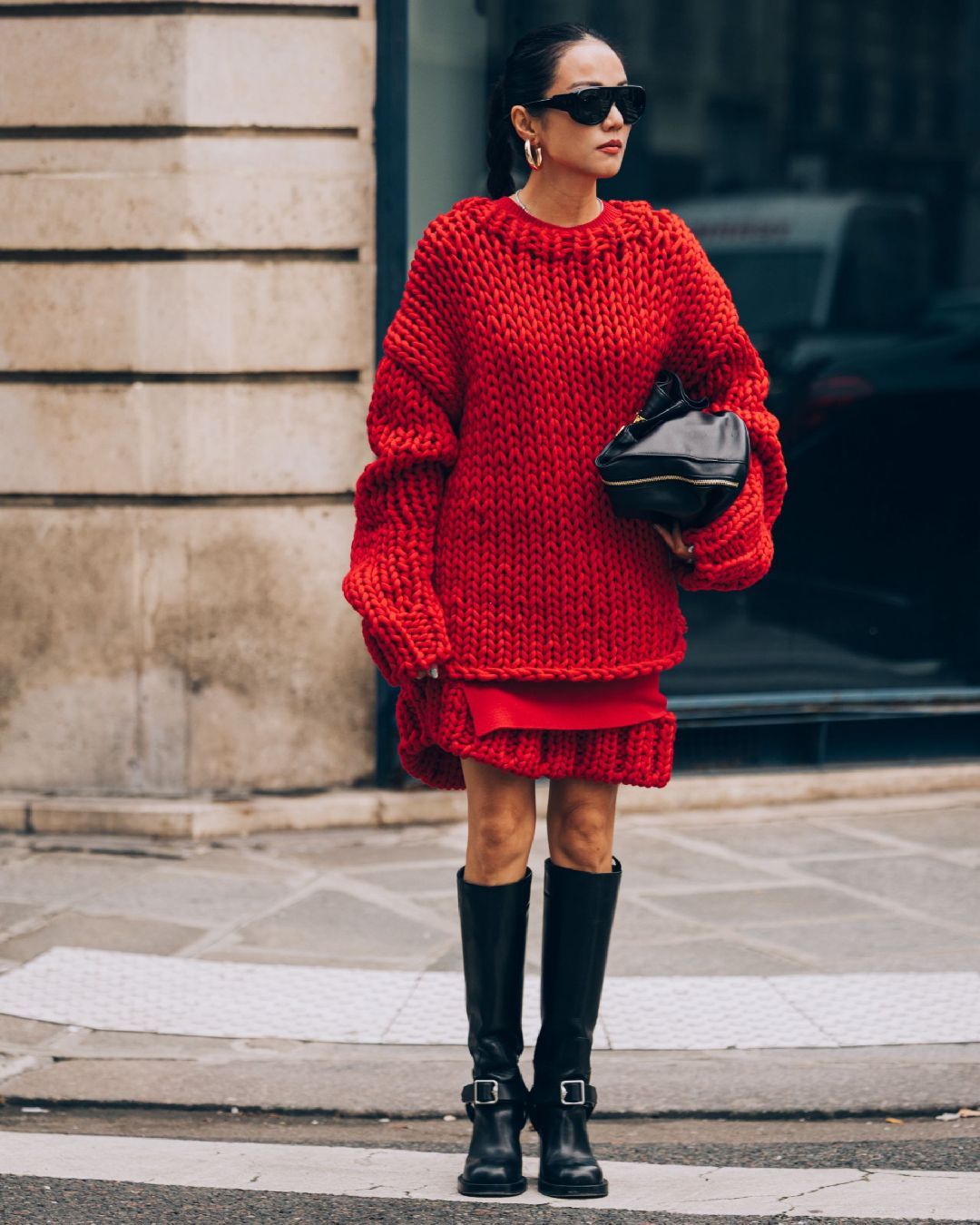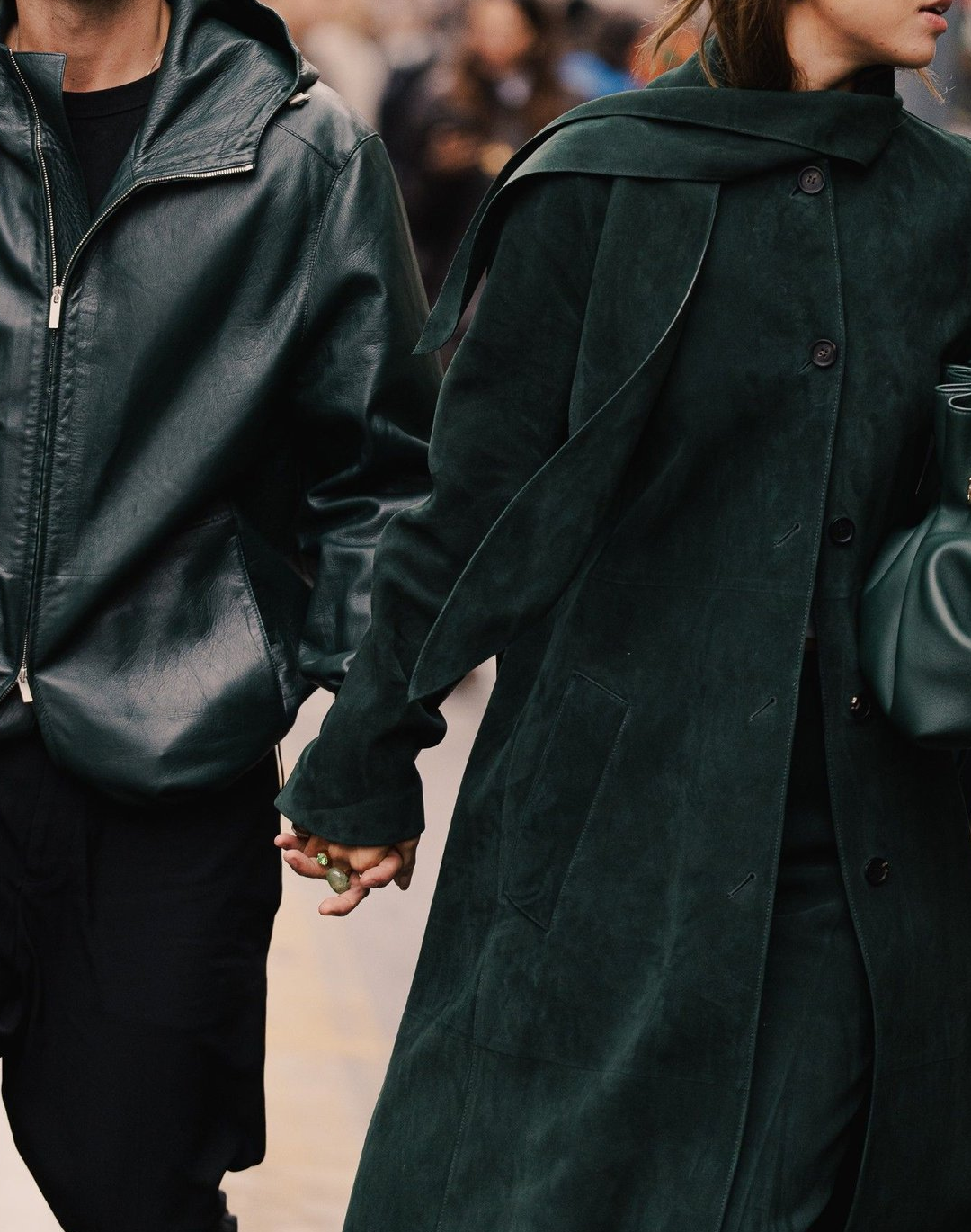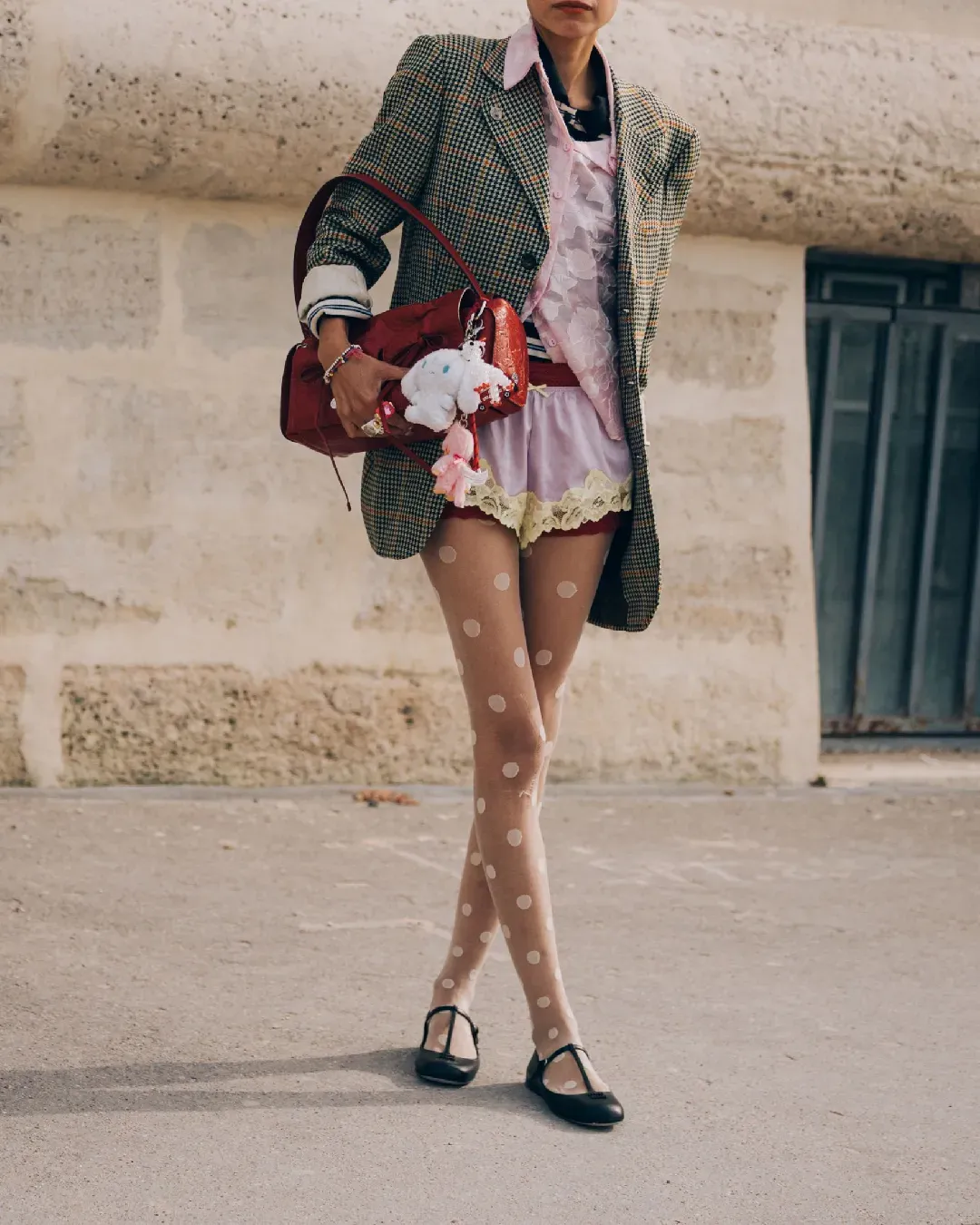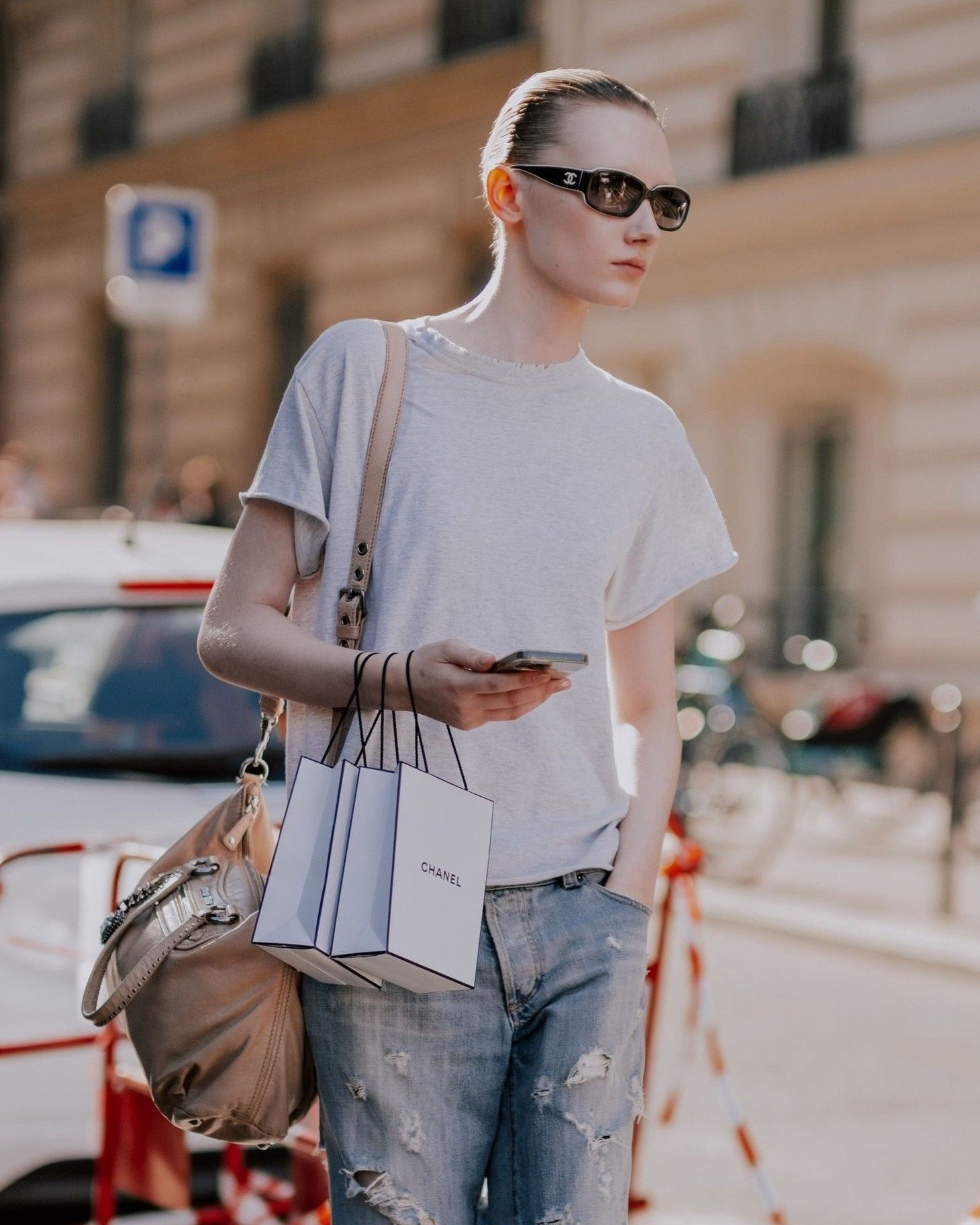
Can champagne waste also transform into leather? A new challenge for Stella McCartney and Veuve Cliquot
In 2023, we have talked a lot about quiet luxury, the poetry of an outfit in neutral tones, and the elegance of logo-free bags and leather goods, expensive and recognizable only by those who can truly afford them. Perhaps to commemorate this seemingly superficial trend, Stella McCartney has returned to experimenting with the use of biological waste for fabric production. One month before the start of the holiday season, a time when champagne pops more than usual, the fashion house has collaborated with Veuve Clicquot to create accessories using cork and grape stems used by the brand in champagne production. After using banana peels and mycelium for leather goods, an initiative that unfortunately did not stand the test of time, the English designer (who also works as a sustainability adviser for Bernard Arnault, the CEO of LVMH) challenges the fashion system with its own weapon: bubbles. What is more quiet luxury than stating that your coat was created with champagne?
The collaboration with LVMH colleague Veuve Clicquot was first presented on the runway in Paris last month as part of SS24, but it will debut on the market in March. Leather goods produced with grape waste collected for the champagne of the French company have been used to create the Frayme, already a protagonist of past collections created with mushrooms, wine bottle carrier, and the Elyse sandals, whose platforms are made from cork collected in Veuve Clicquot's cellars in Reims. According to LVMH, the production of grape waste leather goods takes only 18 months and saves emissions in both material production and viticulture. The grape stems that formed Stella McCartney's new collection belonged to the Bouzy vineyard, purchased by Madame Clicquot 200 years ago.
Regarding the collaboration, McCartney explained, «I’d been looking at cross-industry collaboration within the group, and one day I said to Mr. Arnault, ‘You know I’m putting bags down my runway made from grape skin waste from the Italian wine industry. Give me one of your brands and let me use that waste.» The designer emphasized that the collaboration is of great value to both brands, as they have both been advocating for sustainable production for a long time. The grapes from the champagne company are cultivated using regenerative practices, protecting local biodiversity and the health of the land it grows on. Additionally, the designer added that «cork is very sustainable. It’s one of the greenest alternatives out there and is 100 percent natural, renewable and recyclable. As well as producing oxygen, harvested cork trees absorb 3 to 5 times more CO2 than non-harvested trees. To use the waste from the bottles has been amazing.»















































